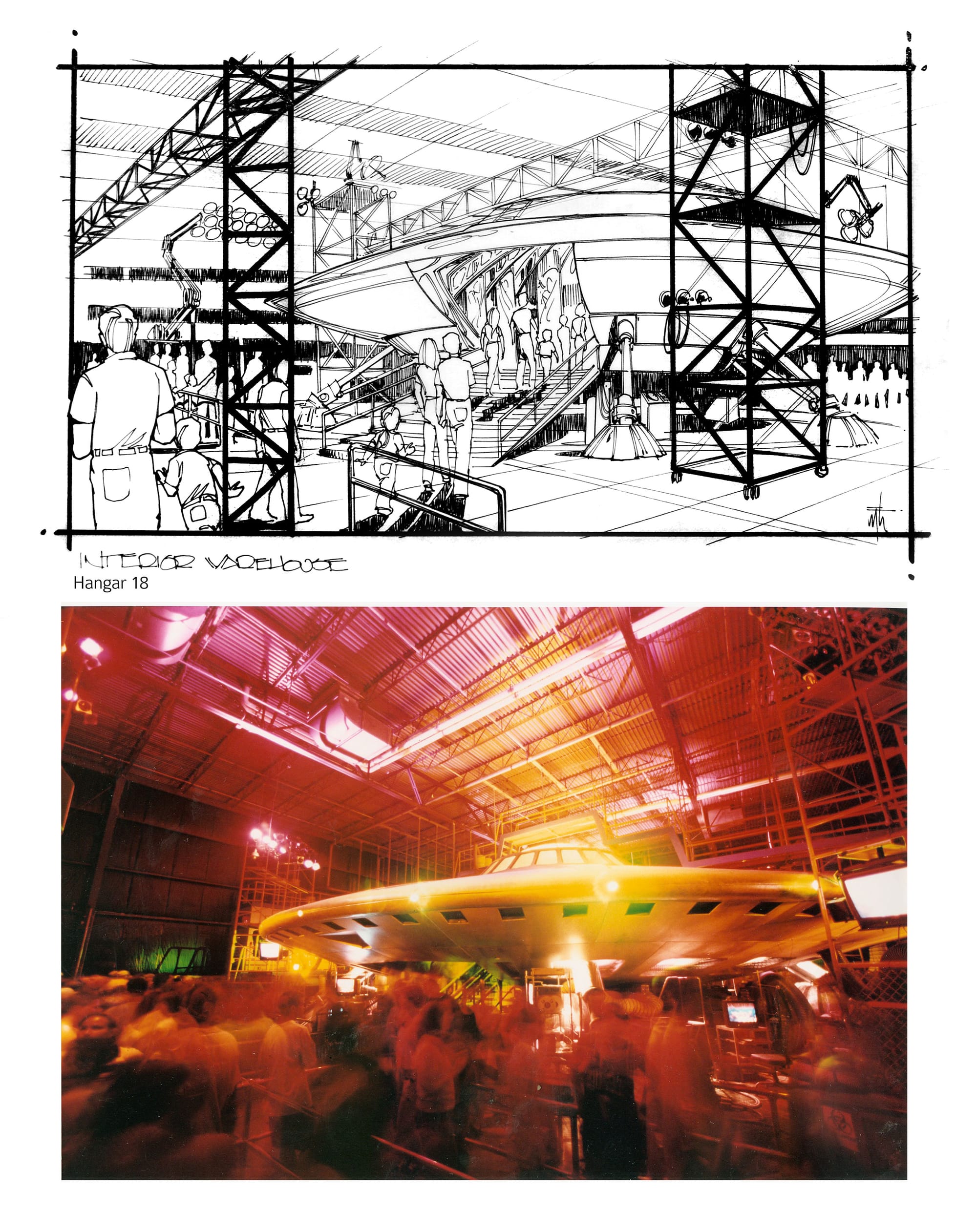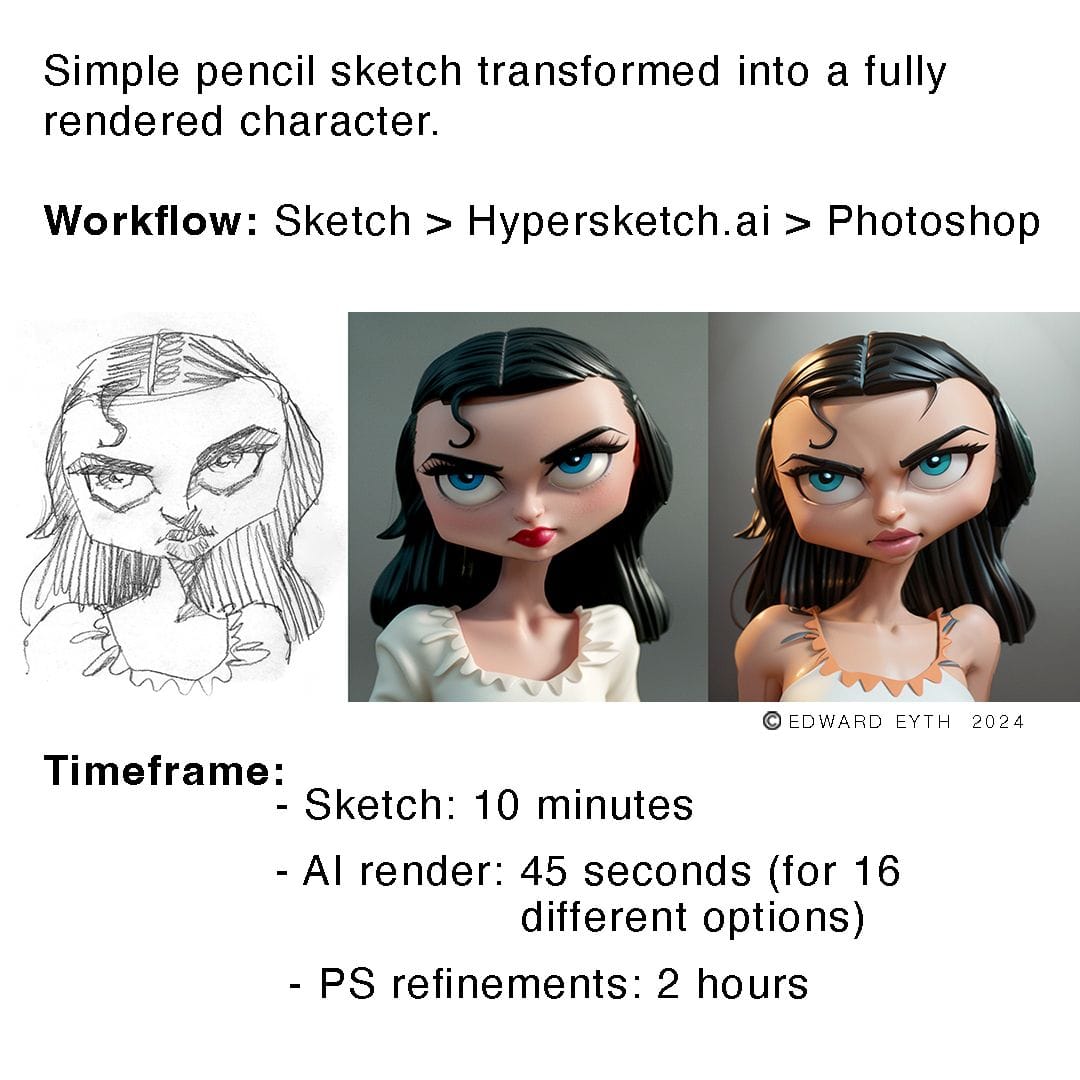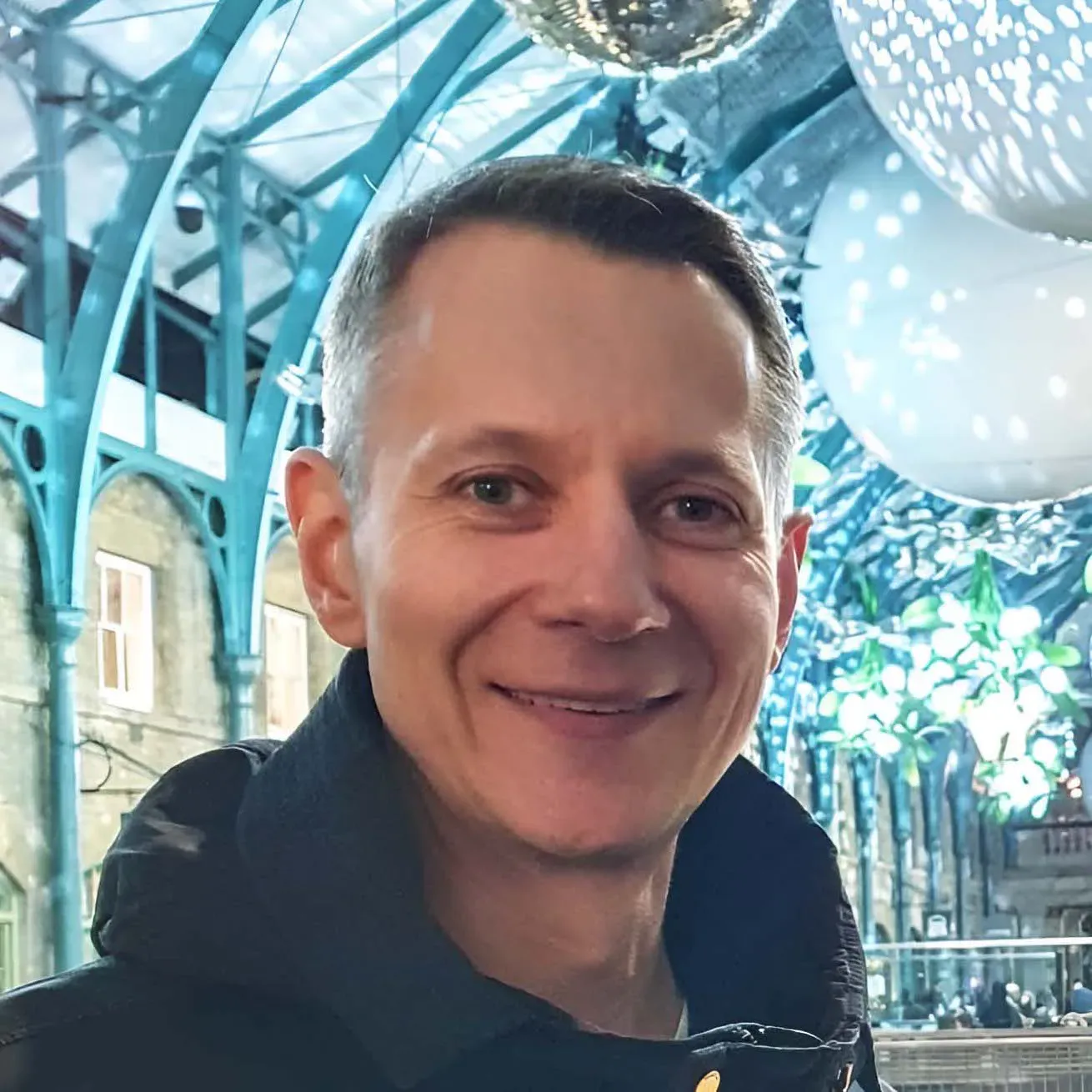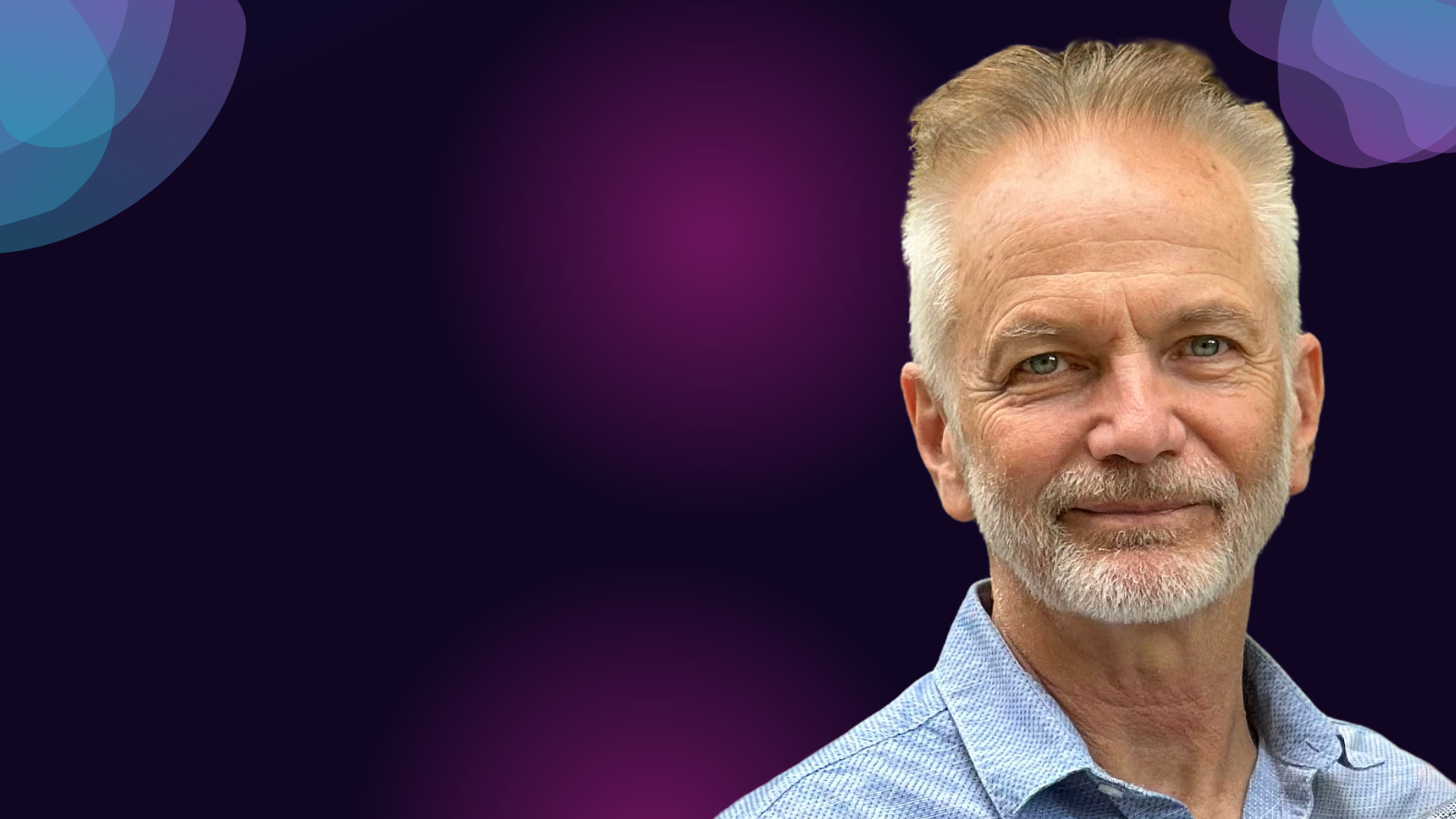As AI penetrates nearly every aspect of our daily life, higher education institutions risk falling behind more than ever. Modern technology evolves at a pace exceeding any sensible timeline for approving new curriculums. So does it mean higher education in creative industries will no longer be relevant?
While the answer to this question is a subject for heated debates, it’s evident that design education will have to adapt and transform. As a matter of fact, few educators have embraced this change as fully as Professor Edward Eyth, a seasoned creative professional with a diverse background in visual communications, industrial design, and entertainment. An early adopter of NewArc.ai, Professor Eyth has been at the forefront of introducing AI to his students, helping them harness its power while carefully navigating the challenges it presents. In this fireside chat, Professor Eyth shares his insights on how AI is reshaping education, the enduring importance of traditional design skills, and the exciting yet complex future that lies ahead.
Meet Professor Edward Eyth: A Creative Visionary
Professor Edward Eyth is a distinguished figure in the fields of visual communications, industrial design, and entertainment. With a career spanning decades, he has contributed his creative expertise to some of the most iconic projects in film and television, including "Back to the Future II", "The Rocketeer," “The Muppets” as well as various projects for the Jim Henson Company. Eyth brings a rich and diverse background to his current role as a full-time professor at Savannah College of Art and Design, where he is preparing the next generation of designers for a rapidly changing world.

Integrating AI into Education: From Hesitation to Enthusiasm
I've been watching AI closely since around 2022, and it's incredible how far it's come. At first, it was clear that AI had potential, but the results were often lacking, especially when it came to creating images polished enough for professional presentations. But now, tools like MidJourney and NewArc.ai have completely changed that.
AI has become more than just a tool for rendering; it's a creative partner.
I used to believe that creativity was something only humans could do, but AI has proven me wrong. It can generate ideas and solve problems faster and with more variety than I ever could on my own.

When AI first started gaining momentum, there was a lot of hesitation in the education sector, especially where I teach. Universities were slow to embrace it because of ethical and legal concerns. I felt like I was on the sidelines, unable to fully integrate AI into my teaching. But that changed earlier this year when my university held a summit and finally decided to endorse AI. Suddenly, I felt unbridled—I could finally bring AI into the classroom.
This past spring, I introduced NewArc.ai to my students, particularly in my entertainment class where they were designing sets, costumes, and props. I gave them a quick demonstration, showed them how NewArc.ai works, and then just cut them loose to explore it on their own. The reaction was incredible.
Every few minutes amidst the silence, I'd hear someone whisper,, "This is crazy!" They couldn’t believe the results they were getting. It was amazing to see them go from their initial rough sketches to fully rendered, photorealistic designs in just a matter of minutes.
NewArc.ai allowed them to expedite the design process in ways they had never experienced before.
Balancing AI with Traditional Skills: The True Value of Design Education
That said, I’m careful about how I introduce AI to students, especially those who are just starting out. There's a risk that they might rely on it as a crutch rather than learning the foundational skills they need. I believe that students need to learn how to sketch, understand design theory, and develop an eye for aesthetics before they can effectively use AI as a tool. If they don’t, they might miss out on the essential aspects of design that can’t be replaced by a machine.

Despite the occasional hiccups, the students were overwhelmingly positive about their experience. They were able to take their design concepts from a rough sketch to a fully rendered design —like a planter lamp that combined a light fixture with a planter—using NewArc.ai. Others worked on entertainment-related projects, like set designs or theatrical costume concepts. The range of subjects was wide, but the excitement was universal. They could see the value of AI and were eager to incorporate it into their workflow.
One of the exciting yet challenging aspects of using AI is learning how to communicate with it. This involves mastering prompt engineering and understanding how to sketch in a way that AI can interpret accurately. It’s a different kind of collaboration, and it requires a new set of skills.
Once you get the hang of it, it’s like having a co-worker who’s always there to support your process, works 24/7, and doesn’t need a paycheck.
Preparing for an Unpredictable Future Like Never Before
Looking ahead, I’m excited about where AI can take us. The more I use these tools, the better I get at communicating with them, and the tools themselves are constantly improving. We’re now seeing text-to-video programs that are incredibly sophisticated, and that’s the next frontier I want to explore—using AI to not just design products but to create marketing tools and visual presentations.

The future is moving so fast that it’s hard to keep up. I remember working on "Back to the Future Part II" and speculating about what 2015 might look like 25 years prior. That was a fun exercise in speculation, but doing something similar now, predicting 25 years into the future from 2024, feels almost impossible because the pace of change is so rapid.
Just two years ago, before AI really took off, no one could have predicted how much it would impact every aspect of business and society.
It’s an exciting time to be a designer and an educator. AI is opening up new possibilities that I couldn’t have imagined even a few years ago. But with that excitement comes responsibility. We have to teach the next generation how to use these tools effectively and ethically, and we have to be prepared for the challenges that come with this incredible technology.
If you are a professor or a student in the field of design education, you may be eligible for free access to NewArc.ai. Apply now for our NewArc.ai for Education program to start your AI exploration journey!

